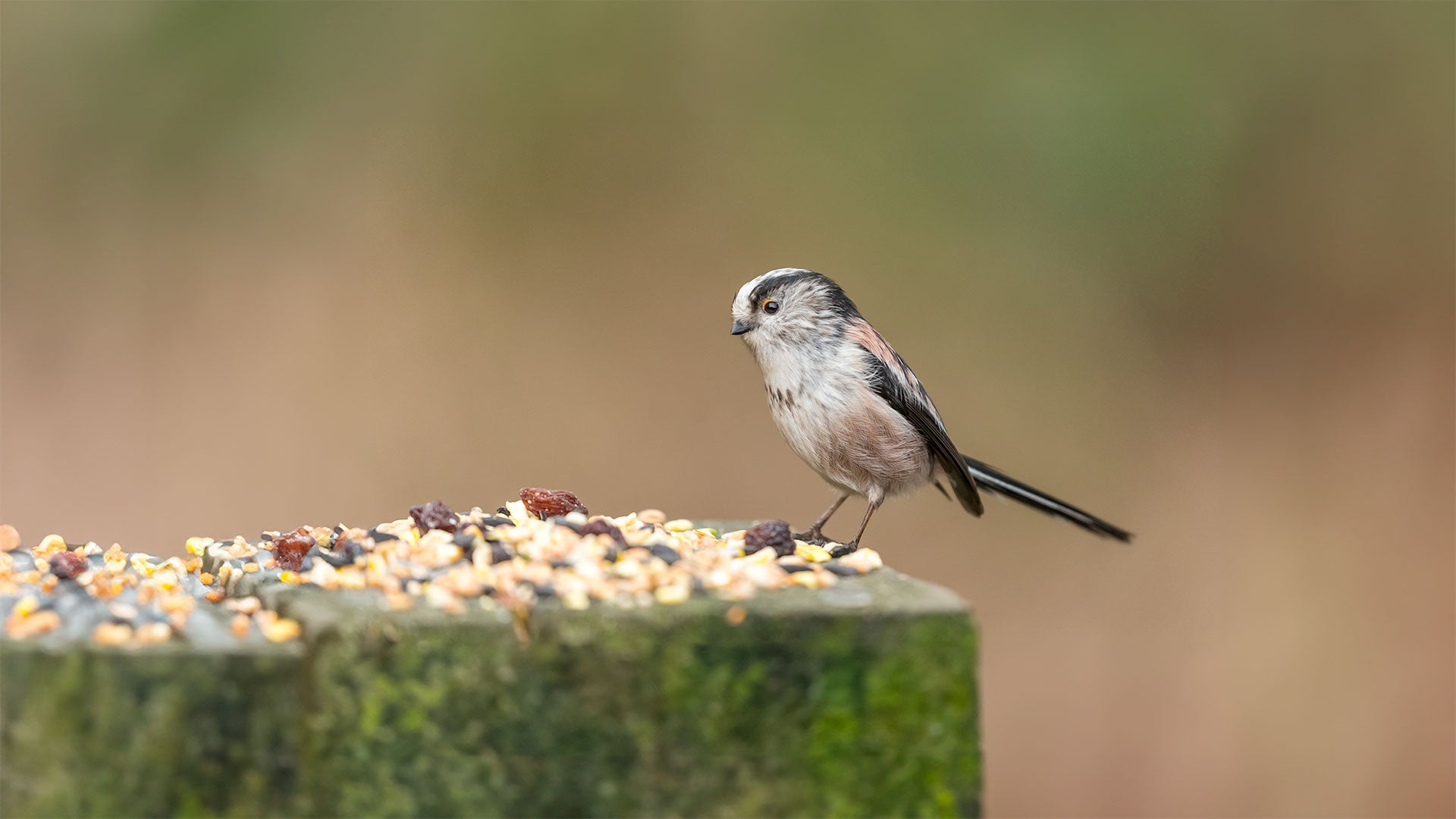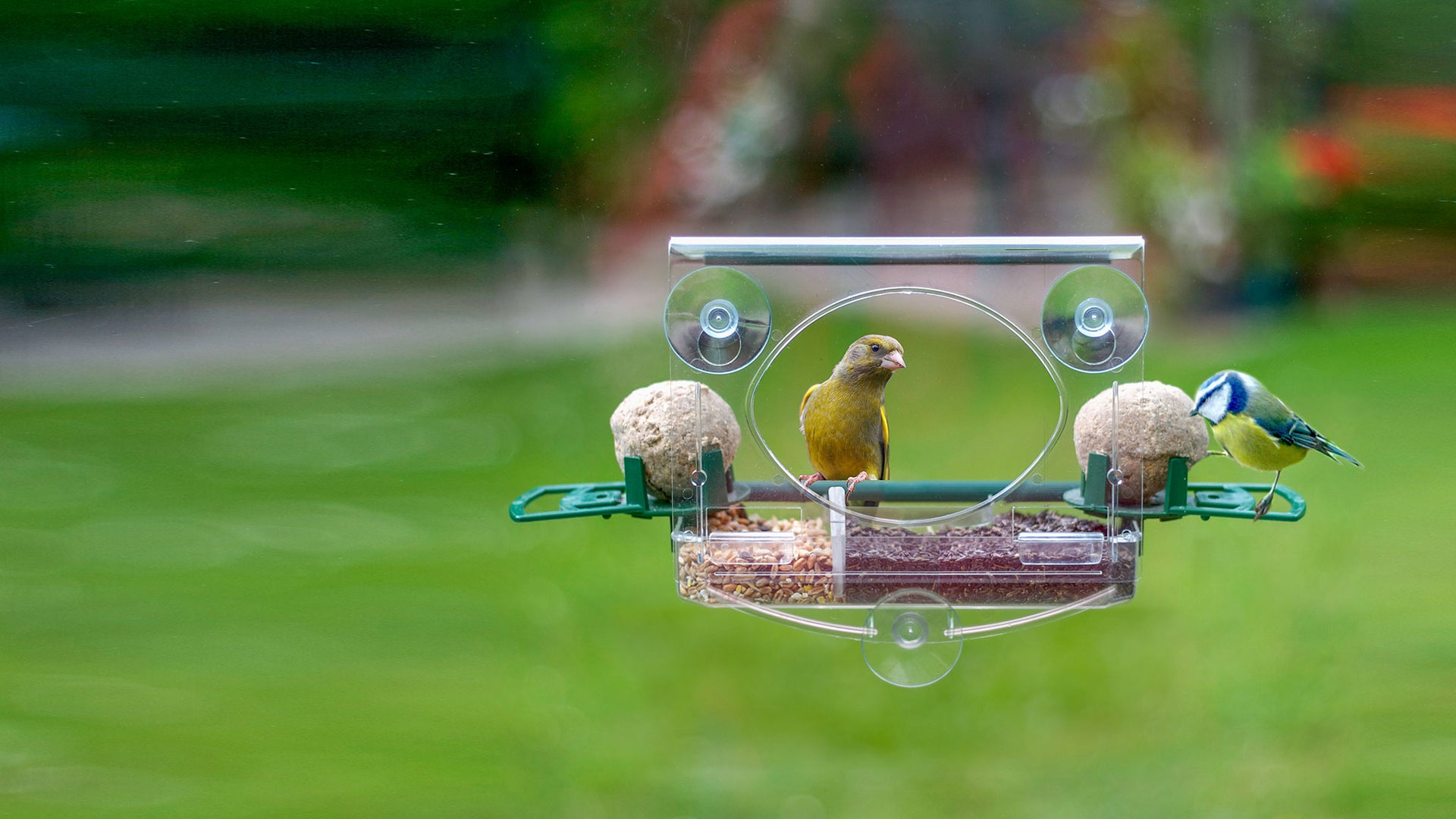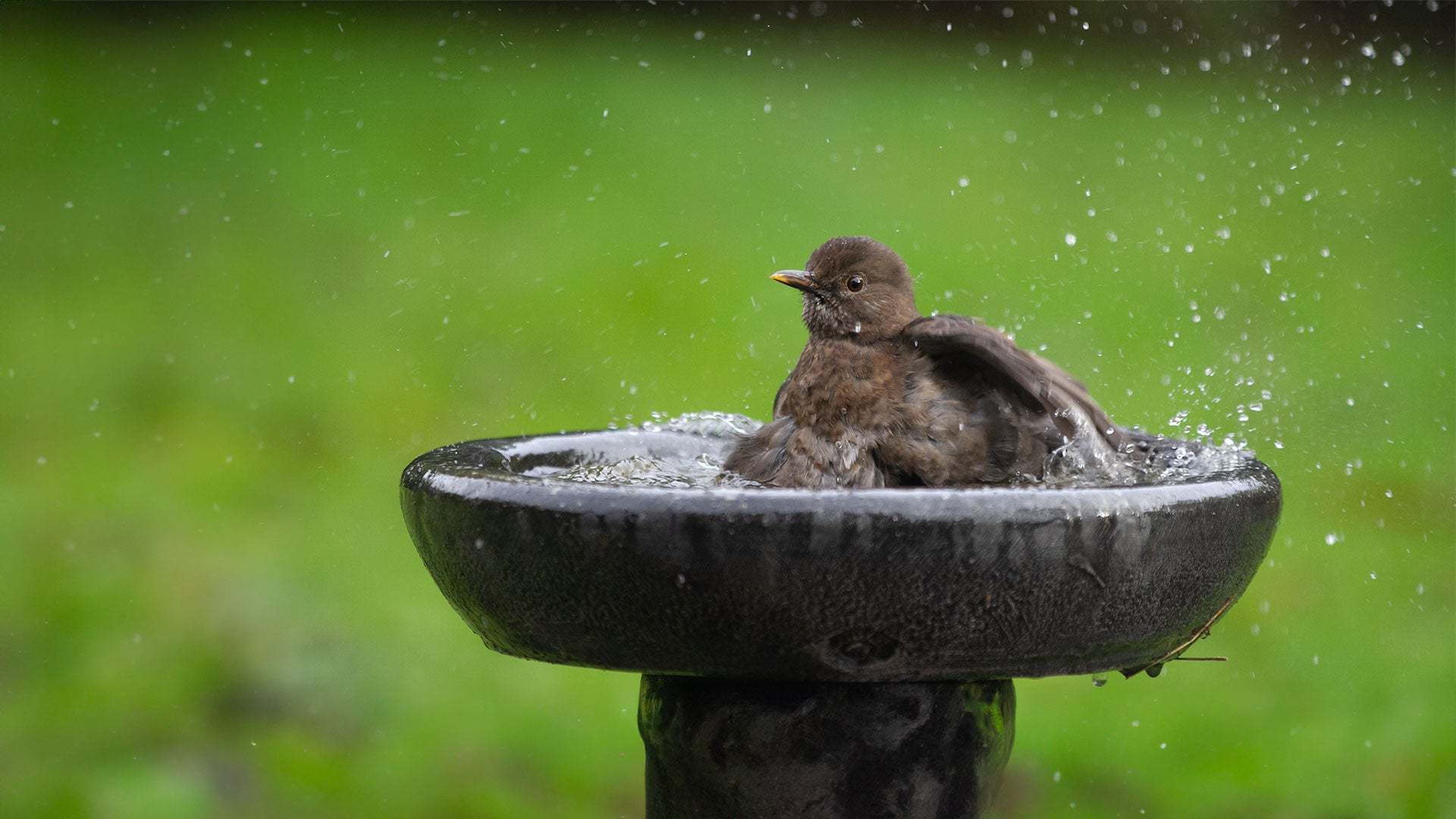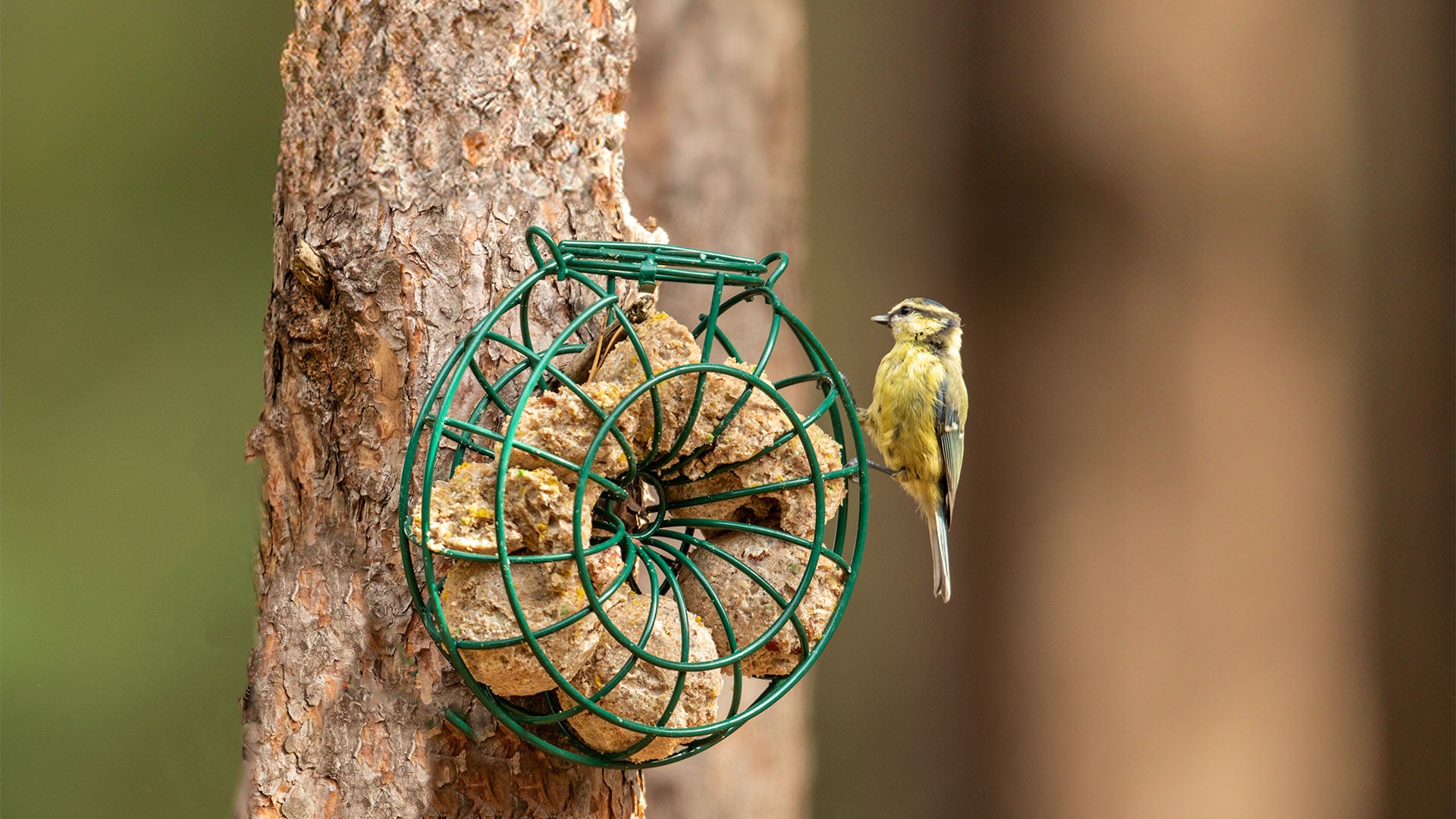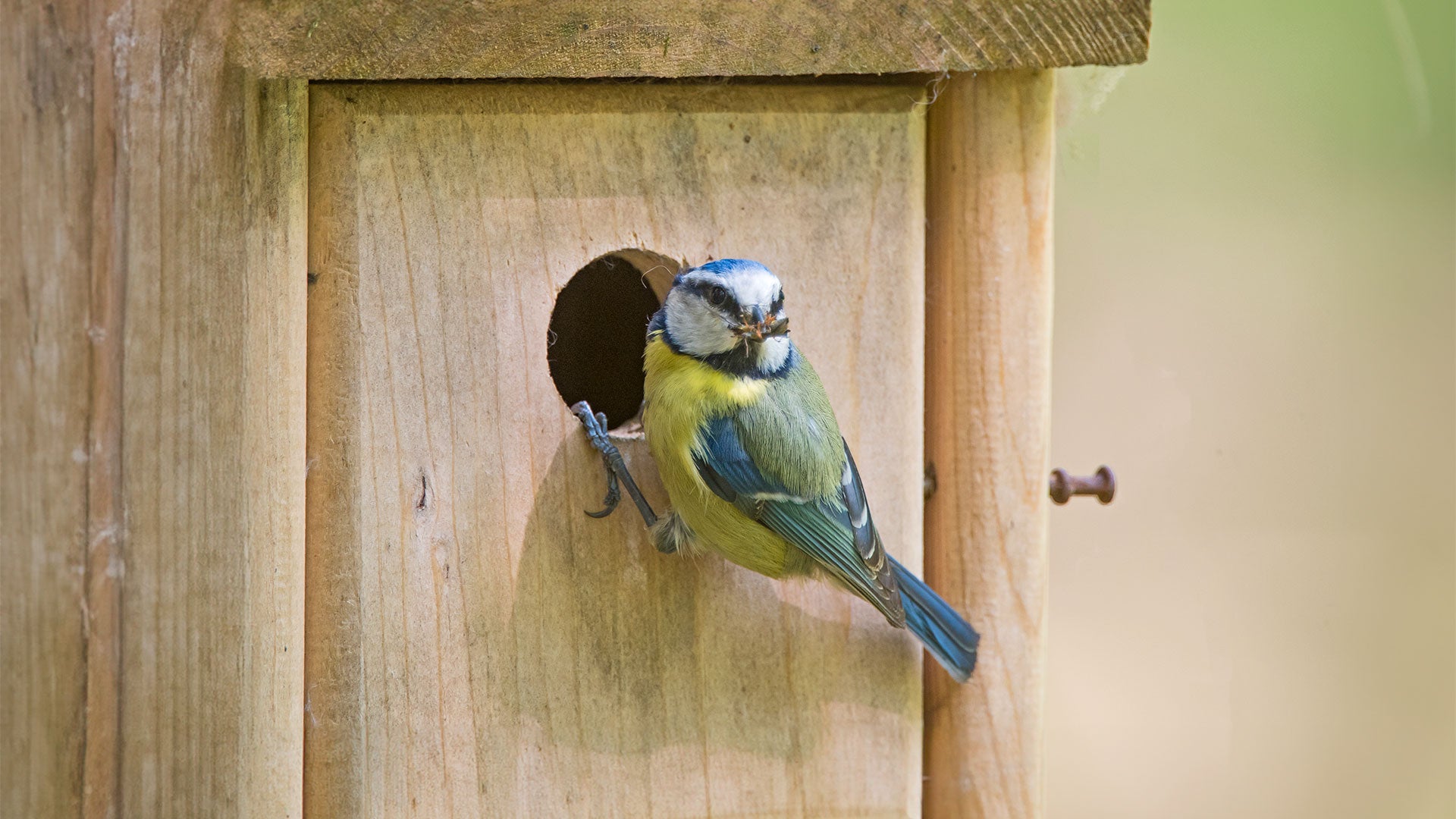Goldcrest Identification: What does a goldcrest look like?
Length: 9cm
The Goldcrest is one of the smallest warblers breeding in Europe. The most notable feature is their black bordered crest. The crest is orange in the male and yellow in the female. They have a brown forehead, the rest of the head (except the crest) is olive-grey. Upper parts are a grey-green, under parts are a pale olive. The bill is brown-black, legs are pale grey-brown and their iris is brown. They have a double wing-bar with a dark mark alongside. The youngsters lack the crest the top of the head is a uniform green-brown.
During nuptial display the male erects and undulates his crest, and performs excited jerky movements.

Goldcrest call and song
A thin and high pitched ‘sisisi’. The song consists of a repeated soft and very high pitched double note ‘ceder-ceder’, which ends in a short trill.
Where and when do goldcrests nest and breed?
Breeding starts from late April. They nest in tall trees, building a suspended nest at a fork of twigs at the end of a branch. Alternatively the nest may be built in the sheltered fork of a tree. Both sexes build the nest, but the male’s participation varies. The nest is a deep thick cup of mosses and lichen. It may be built so tightly against the foliage or twigs above that entrance to the small egg cavity is restricted.
Seven to ten eggs are laid, sometimes only five or six. They vary in colour from white to yellowish with some brown or pink speckling. The female alone incubates for fourteen to seventeen days. The young are tended by both parents and leave the nest after sixteen to twenty-one days. Double brooded which means they make two nests per year.
Goldcrest habitat
Mixed and coniferous woodland are their favourite. Also likes undergrowth, hedgerows, parks and gardens.
What do goldcrests eat?
Insects and larvae.
Where to feed
Feeders – Ideally above 1m in height
Table – Open topped or covered
Ground – Not suitable

